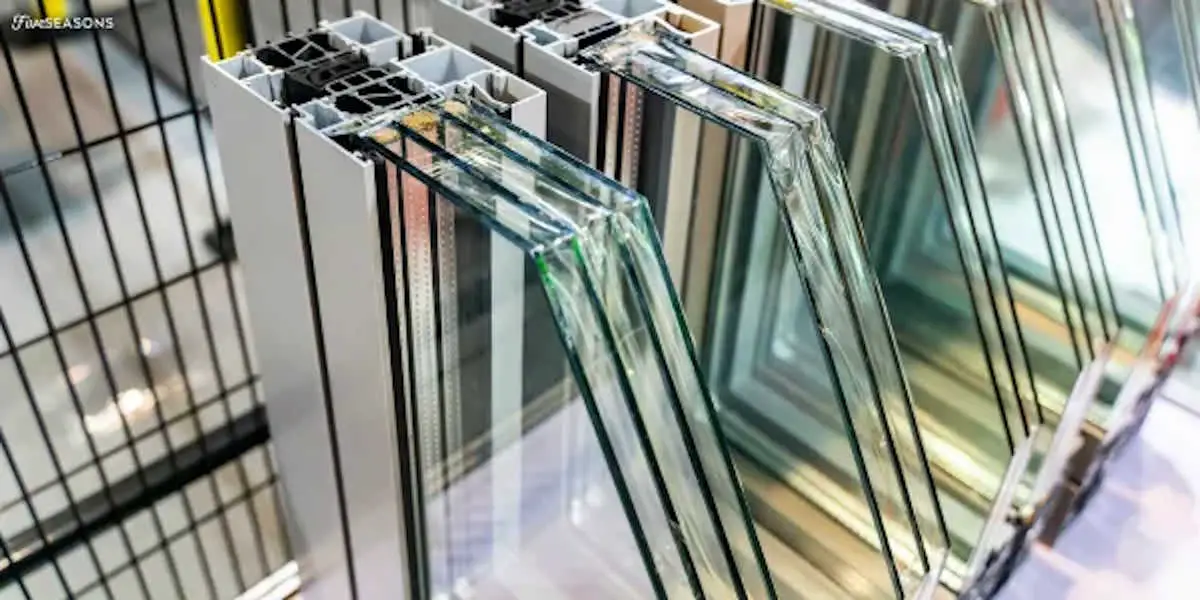- OnePlus announces revolutionary battery technology: “it’s the beginning of a new era”
- Xiaomi’s new outdoor surveillance camera is charged by the Sun and costs less than $30

Silica glass, present in windows but also in devices such as solar panels, has an annual production worldwide of about 130 million tons, but continues to face challenges such as its fragility or the greenhouse gas emissions it generates during its manufacturing process. What if the best solution was to use wood to obtain the glass?
This has been the case since Siegfried Fink, a German botanist, created a transparent wood in 1992 by bleaching the pigments of plant cells. Various investigations have since been carried out, such as the one that obtained a material stronger than plastic and more resistant than glass from wood, including the latest advances by a team from the Central Southern University of Forestry and Technology (CSUFT), in China. In this case, the origin of the material is natural bamboo, with which, in addition to great resistance, they have achieved a three-layer flame retardant barrier that effectively reduces the release of heat and slows down the spread of flames.
The results, published in the journal Research, demonstrate its viability not only to replace elements such as windows, but also its usefulness as a substrate for perovskite photovoltaic cells, destined to replace conventional silicon solar panels in the near future. Its high light transmittance values lead to an improvement of more than 15% in energy conversion efficiency, which will make it possible to manufacture more powerful and resistant solar panels.
Bamboo Glass
Transparent wood is not a new material, although it is still at an early stage of development. To make this material, which has been used since the origins of human beings, become crystalline, a complex technique is used to modify or eliminate lignin, a natural substance that is part of the cell wall and that gives the brown tone of wood. After that, a milky white skeleton of hollow cells remains opaque, because the cell walls deflect light differently than air does.
These air pockets—which are generated when the tree is cut down and the moisture evaporates—are then filled with a substance, for example, epoxy resin, which is responsible for deflecting light to a degree similar to that of cell walls, making the wood transparent.

Thanks to the special characteristics of this light-transmitting wood, such as its high transparency, high mechanical strength or superior thermal insulation properties, its production has skyrocketed, but it still has significant challenges ahead. The main obstacles it faces are the global shortage of wood, especially in countries such as China, and its vulnerability to fire, resulting from the use of polymers in its manufacture.
Faced with these drawbacks, researchers Yiqiang Wu and Caichao Wan identified bamboo as the best alternative for the production of glass plates from transparent wood. This species “boasts a rapid rate of growth and regeneration, allowing it to reach maturity and be used as a building material in 4 to 7 years of growth,” according to Wan, “with a production 4 times higher than wood per acre (measured equivalent to 0.40 hectares), bamboo is recognized for its exceptional efficiency.”
In addition, the chemical composition and internal hierarchical structure of bamboo is very similar to that of wood. Its main compounds are lignin, cellulose and hemicellulose arranged in vertical channels, which gives them a high porosity and permeability, as well as an unusual resistance. “This feature suggests the potential use of bamboo in the production of transparent composite materials,” Y. Yang, lead author of the paper and a doctoral student in Wan’s lab, said in a press release.
Fire Resistant
After delignifying the bamboo, the researchers used a vacuum impregnation technique to ‘add’ an inorganic liquid sodium silicate to its structure. Then, they applied a hydrophobic treatment to the intermediate product, to achieve a 3-layer flame retardant barrier and make a very fire-resistant material.

“This strategy achieves a long ignition time of 116 seconds, a low total heat release of 0.7 MJ/m2, a low total smoke production of 0.063 m2 and a low peak CO concentration of 0.008 kg/kg,” the study details. In addition, this does not impair the mechanical properties of the resulting product, which are similar in bending and tensile values to those of other types of transparent wood.
Finally, the CSUFT researchers used the resulting bamboo as a substrate for perovskite solar cells. Thus, they verified its potential to become the light management layer of the solar panels of the future, with a light transmittance of 71.6% and a fog value of 96.7%, which translates into a remarkable improvement of 15.29% in energy conversion efficiency.
There are still challenges ahead to pave the way for large-scale manufacturing and other uses for clear bamboo, but those responsible for the research are convinced that this flame-retardant, eco-friendly glass can revolutionize both the construction and renewable energy industries.



Comments